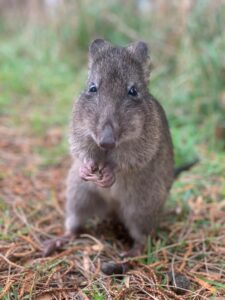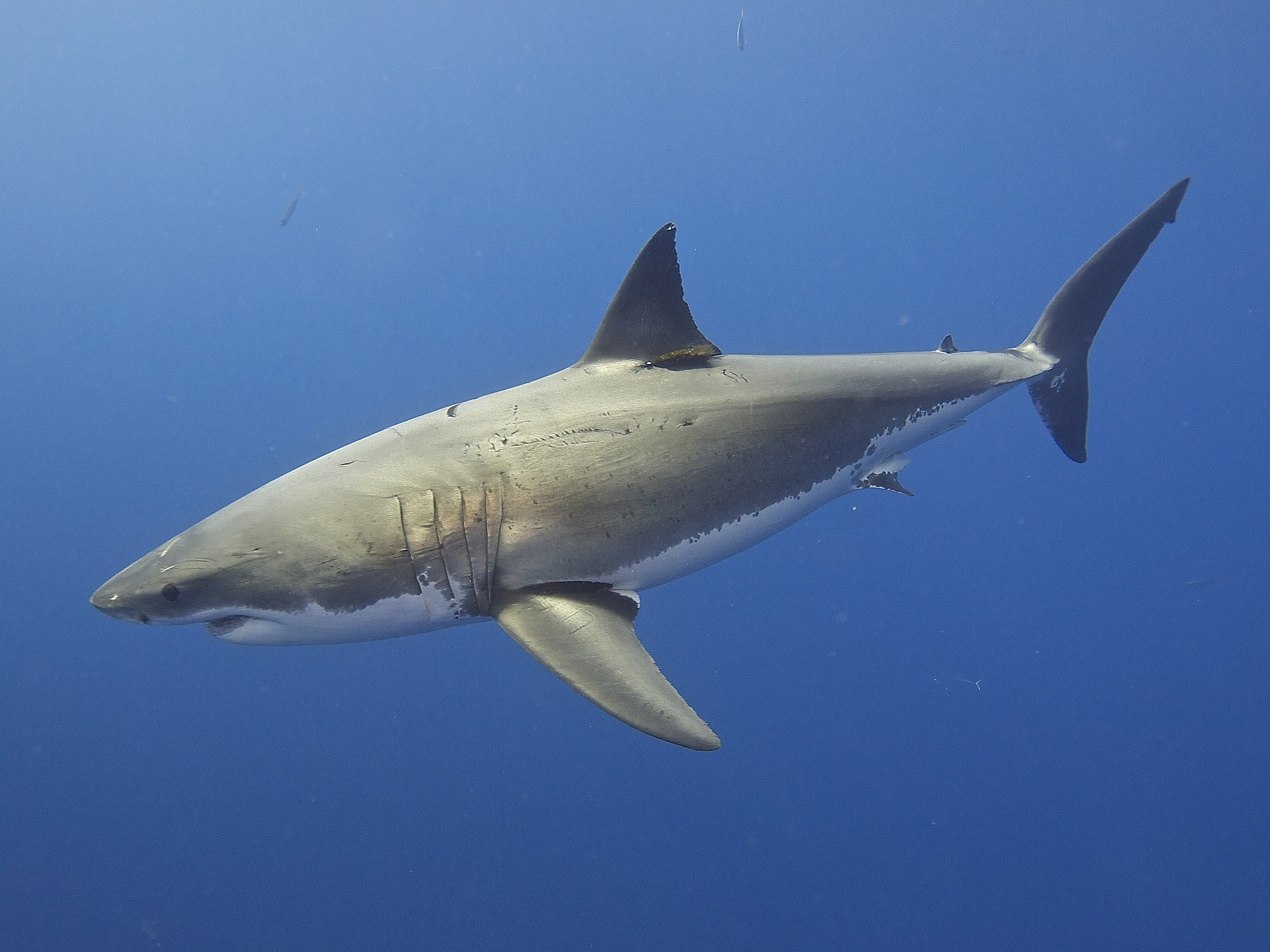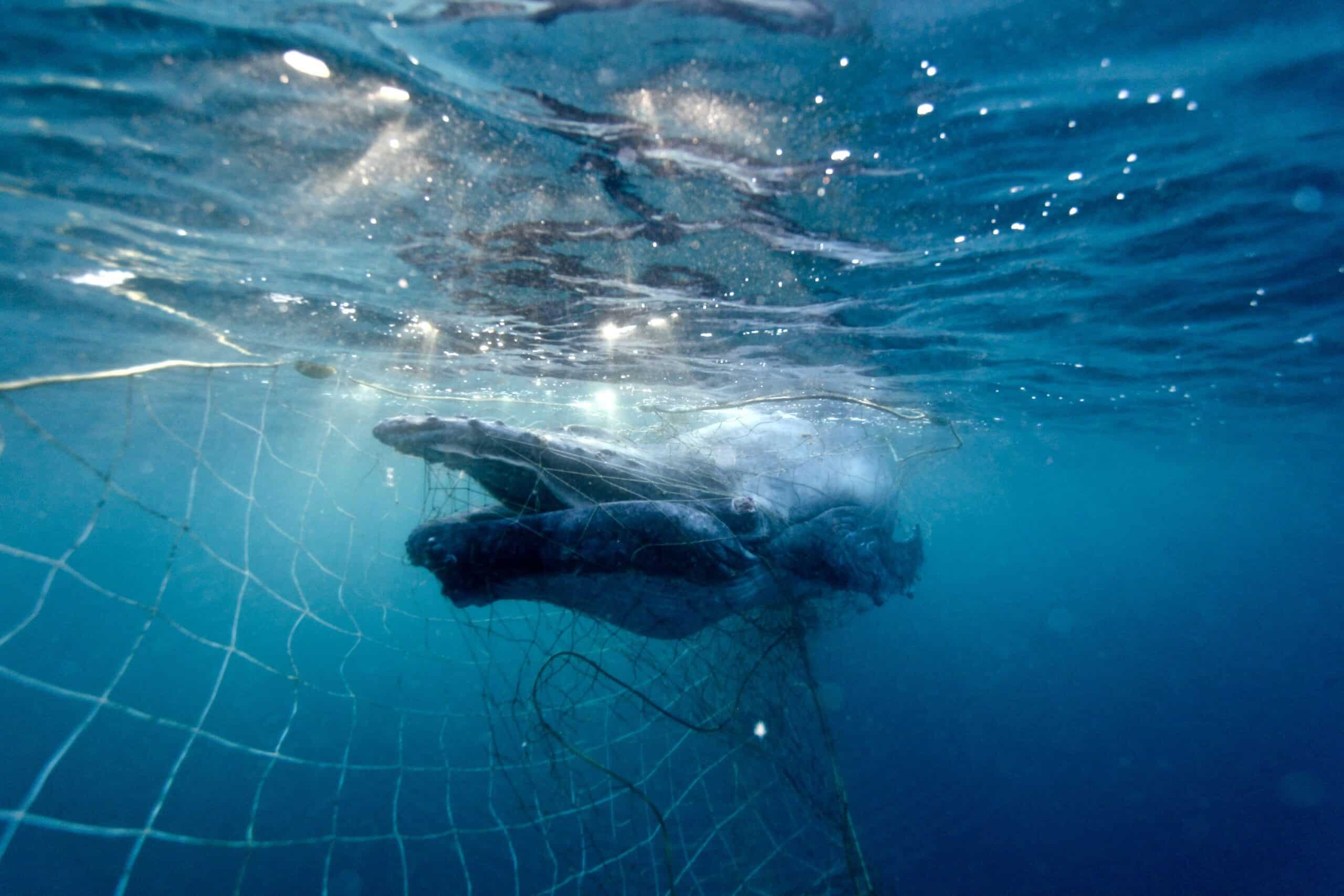Research shows that Australia’s great white sharks are highly related to each other and may consist of fewer than 500 breeding animals. SYDNEY, 24 June 2025: Latest research has found Australia’s great white shark population is much smaller than expected, increasing their vulnerability to further population threats. The population...
An elusive ecosystem engineer
 Long-nosed potoroo
Long-nosed potoroo
Photo credits: Olivia Swain
The long-nosed potoroo (Potorous tridactylus) as described by Charles Darwin is “an animal, as big as a rabbit, but with the figure of a kangaroo”. With a unique combination of features, this native marsupial may fly under most people’s radar.
Long-nosed potoroos belong to the marsupial family Potoroidae, grouping them together with the bettongs. The species have fragmented populations scattered throughout the eastern states of Australia, and are distributed from southern Queensland, through New South Wales to western Victoria. They are also present across Tasmania and some Bass Strait islands. They reside in habitats of coastal heath and woodlands as well as wet and dry sclerophyll forest.
A connoisseur
The main pillar of the long-nosed potoroo’s diet is fungi. With an inbuilt strong sense of smell and long curved claws they have the ability locate and excavate hypogeous (underground-fruiting) truffle-like fungi! As ‘fungivores’, the lesser part of potoroo diet is made up of insects, arthropods, seeds and plants, depending on what is in season. Turning over soil in search of their favoured delicacies potoroos are ‘ecosystem engineers’. During their excavations, they keep the soil aerated, allowing water to trickle down into the lower levels and transport beneficial fungi spores on their noses and claws. The dispersal of fungi spores can then facilitate underground fungi connections aiding the growth of Acacia and Eucalyptus species.
Unfortunately, these fascinating animals are listed as Vulnerable under the Environment Protection and Biodiversity Conservation Act 1999 (EPBC Act). Their smaller size makes them prey for introduced predators such as foxes and cats. Habitat loss from fragmentation, forestry practices, livestock grazing as well as large hot fires are also causing populations to decline.
Conservation
Conserving long-nosed potoroos involves firstly monitoring their populations across their fragmented range. Also further investigating fire regimes that can meet both anthropogenic needs and the ecological requirements of potoroos. This involves integrating potoroo locations into fire management schemes and practices, for instance carrying out mosaic fire reduction burns to retain refuges for potoroos and allowing themto avoid predation by introduced predators. Moreover, building community awareness and engagement of this species is important for their conservation.
Landholder protection
As a landholder, if you are aware of long-nosed potoroos on your property there are a few actions you can take to facilitate them in their habitat, including retaining different levels of habitat such as bushland understories and keeping domestic pets like dogs and cats inside at night.
The charismatic long-nosed potoroo is an interesting composite of physical characteristics of other more commonly known animals. But they are interesting in their own right. With increased public awareness, this can help contribute to ensuring their protection.


